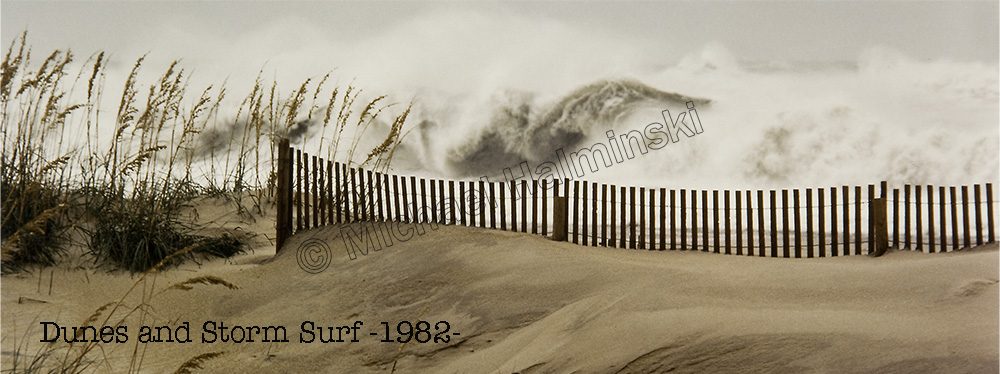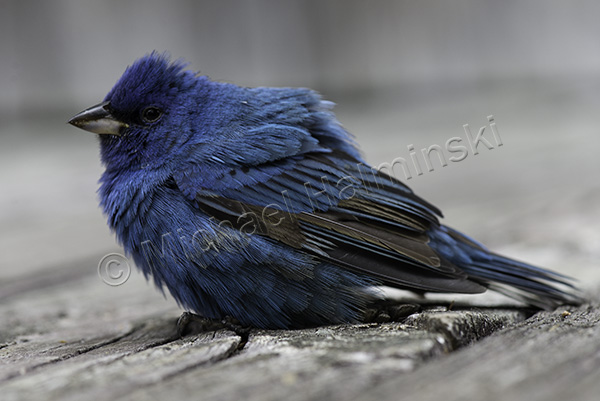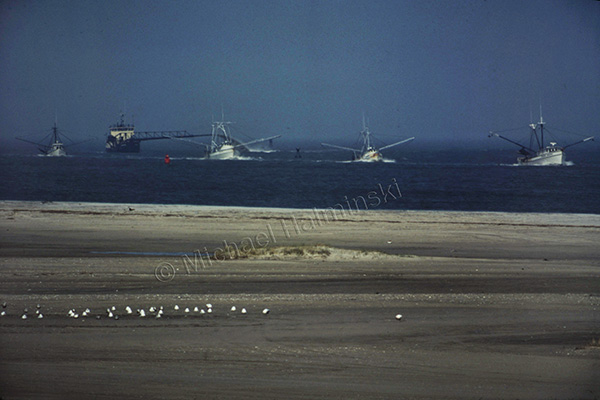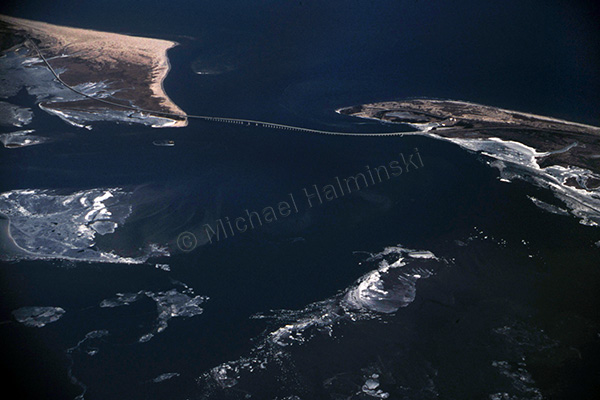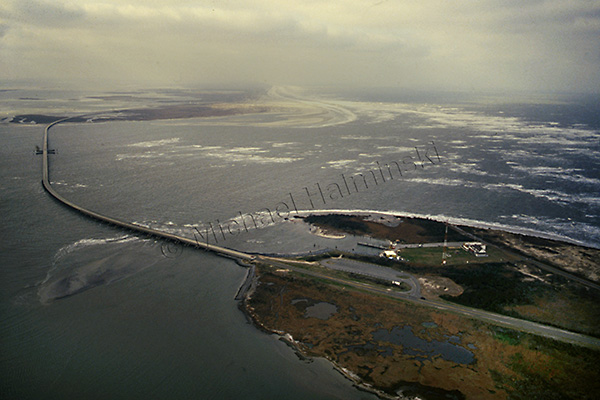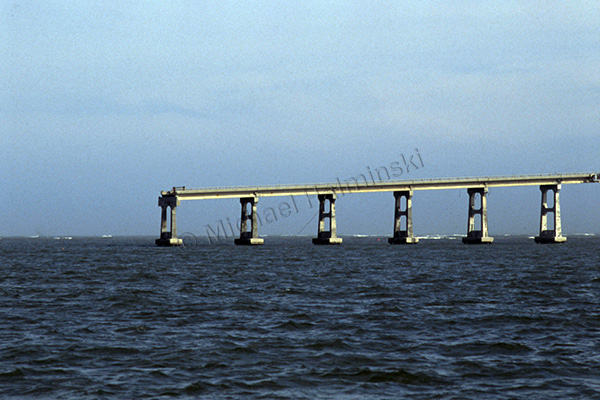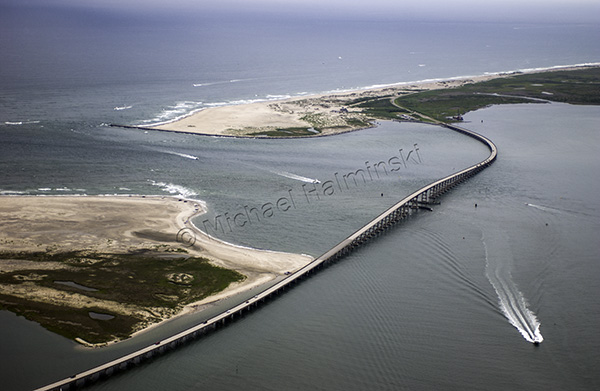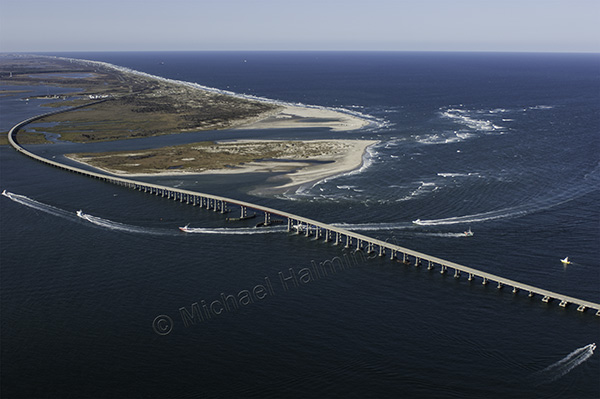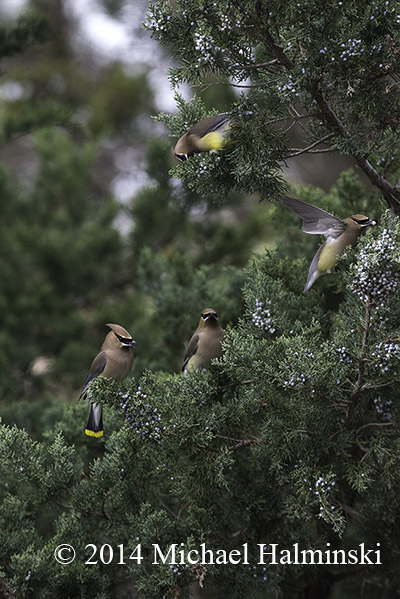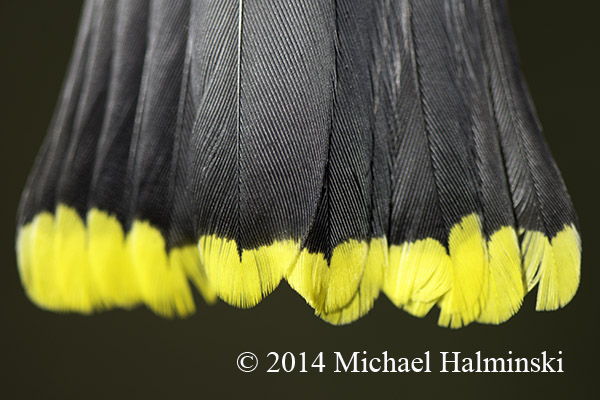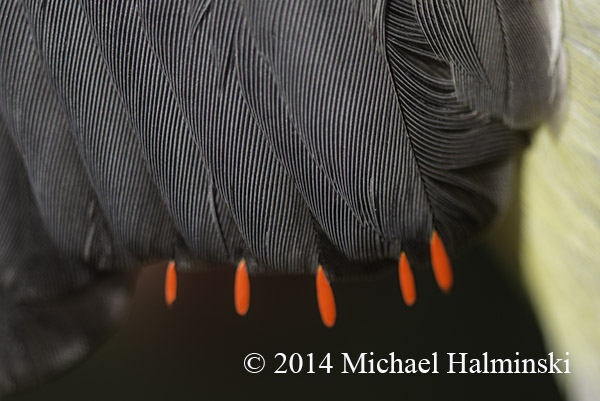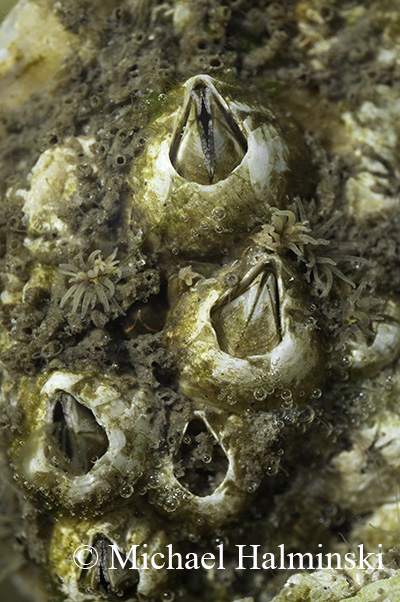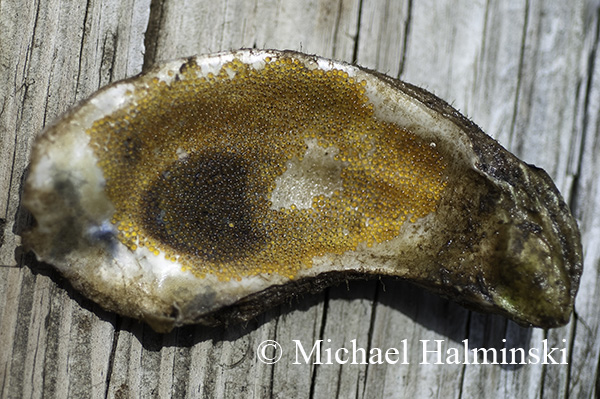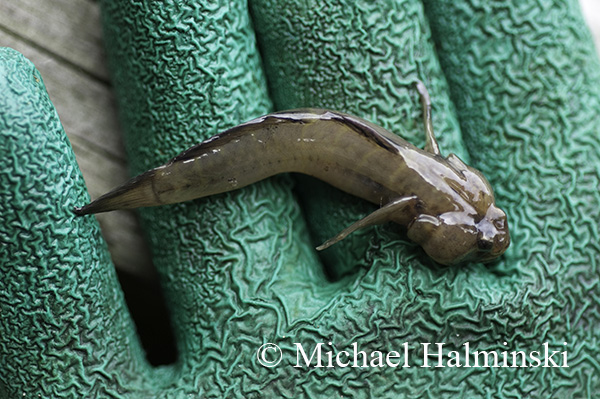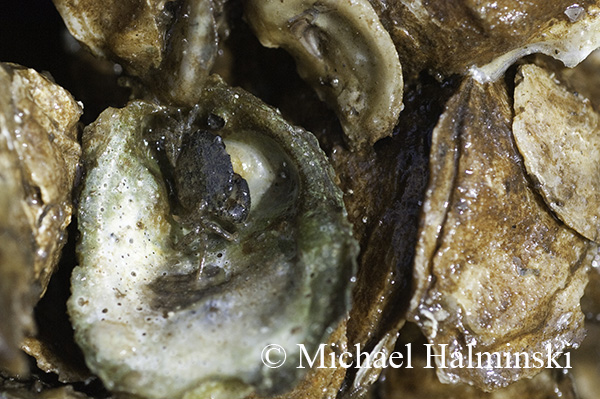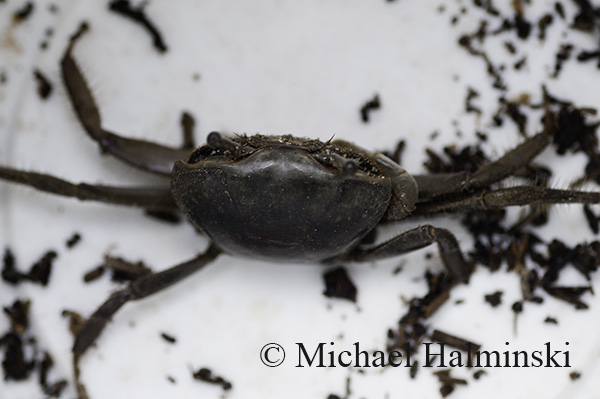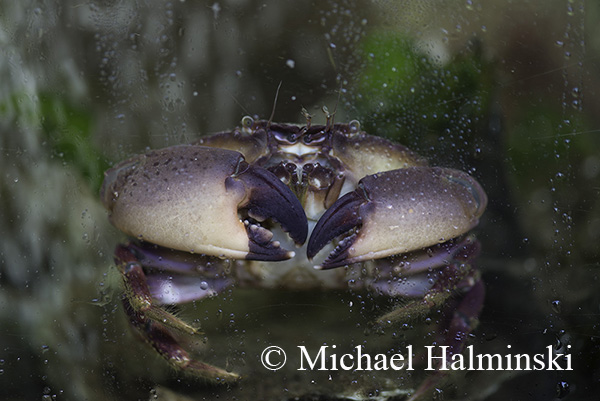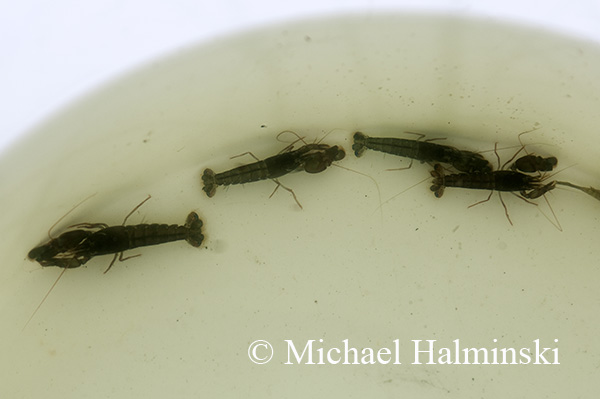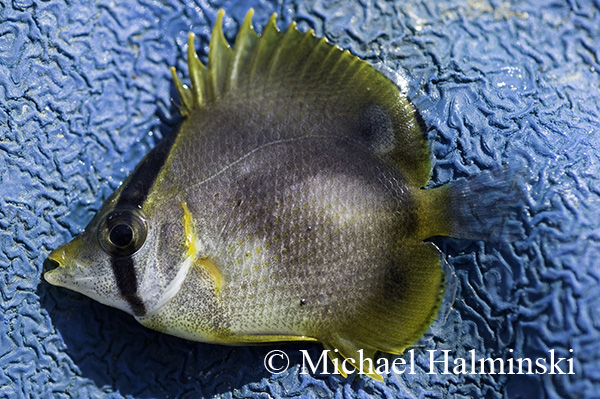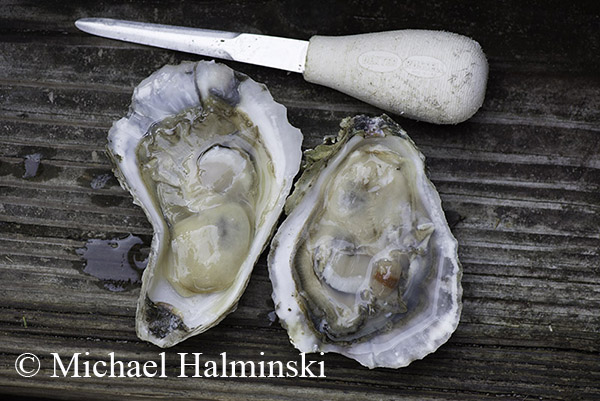A weekend trip to Raleigh a few weeks ago was a nice change of pace from the riggers of mid-winter on Cape Hatteras. While there we happened upon a new exhibit at the North Carolina Museum of Art.
Porsche By Design, Seducing Speed is a collection 22 automobiles manufactured by the renown German auto maker. The popular show runs until February 2.
Copy and paste for the museum’s web site:
Porsche by Design: Seducing Speed
Porsche has long been one of my favorite cars, and I thoroughly appreciated the chance to see them as art forms.
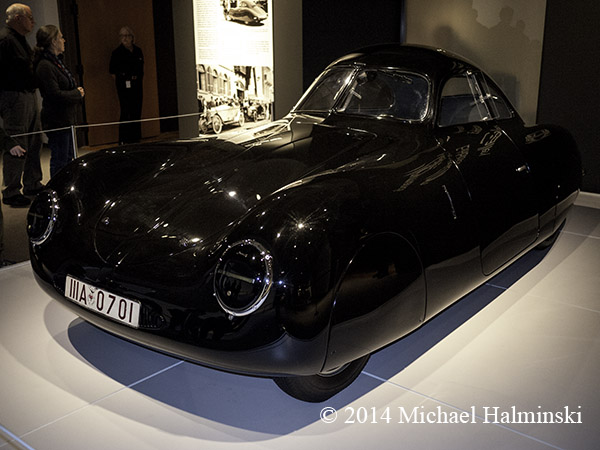 In 1938 Porsche built the Type 64 Berlin-Rom Racer. The aerodynamic design was way ahead of it’s time.
In 1938 Porsche built the Type 64 Berlin-Rom Racer. The aerodynamic design was way ahead of it’s time.
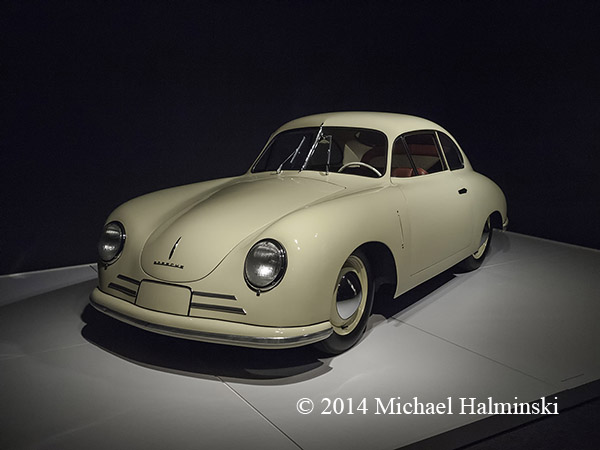 The 1949 356 Coupe was one of my favorites. It has a 40 hp 1100 cc 4-cylinder engine.
The 1949 356 Coupe was one of my favorites. It has a 40 hp 1100 cc 4-cylinder engine.
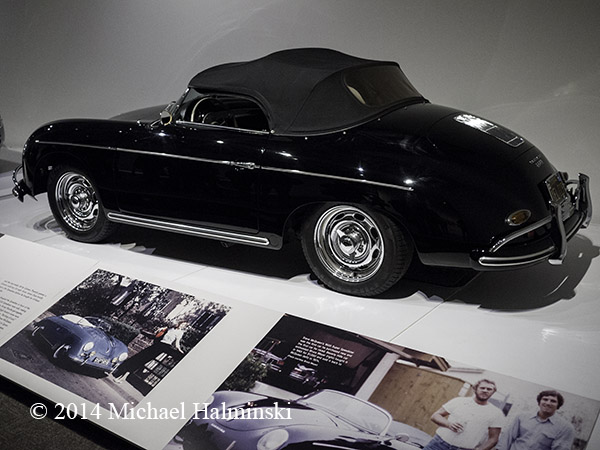 Then there was Steve McQueen’s gorgeous 1958 Speedster.
Then there was Steve McQueen’s gorgeous 1958 Speedster.
 McQueen’s Speedster has a 1600 Super 88 hp 4-cylinder engine
McQueen’s Speedster has a 1600 Super 88 hp 4-cylinder engine
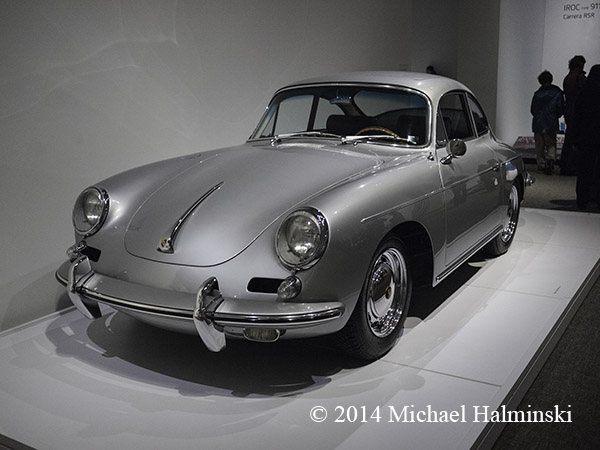 The 1964 356 C Carrera Coupe also caught my eye.
The 1964 356 C Carrera Coupe also caught my eye.
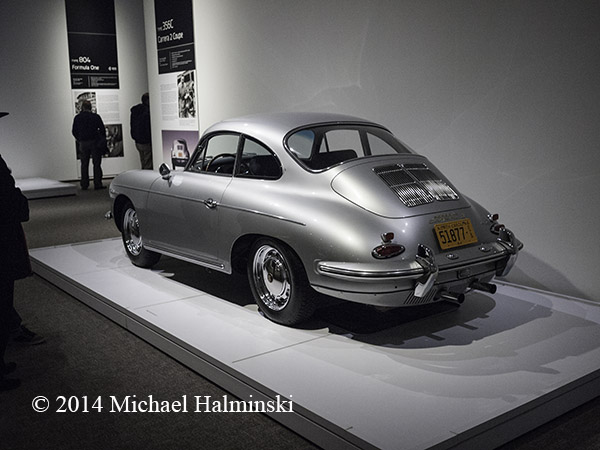 The Carrera was built with a 1966 cc air-cooled 128 hp 4-cylinder engine that could rev up to 6000 rpm’s. It’s top speed was 125 mph.
The Carrera was built with a 1966 cc air-cooled 128 hp 4-cylinder engine that could rev up to 6000 rpm’s. It’s top speed was 125 mph.
 This 1963 prototype 901 was the precursor to the 911. It has a 2 liter 128 hp 6-cylinder, single overhead cam engine with a top speed of 125 mph.
This 1963 prototype 901 was the precursor to the 911. It has a 2 liter 128 hp 6-cylinder, single overhead cam engine with a top speed of 125 mph.
 This 911 Carrera was built in 1974 and set up for some serious racing. It has a 3 liter air-cooled 6 cylinder producing 316 hp at 8,000 rpm’s. Top speed is 155.
This 911 Carrera was built in 1974 and set up for some serious racing. It has a 3 liter air-cooled 6 cylinder producing 316 hp at 8,000 rpm’s. Top speed is 155.
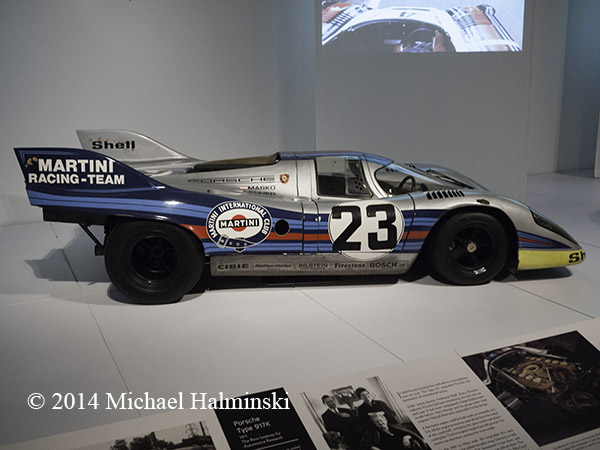 The 1971 Porsche 917 K had a 600hp 4907 cc 12 cylinder engine with a top speed of 223 mph.
The 1971 Porsche 917 K had a 600hp 4907 cc 12 cylinder engine with a top speed of 223 mph.
 Porsche’s 1968 model 908K prototype was a 2990 cc 8 cylinder air-cooled engine developing 350 hp with a top speed of 200 mph.
Porsche’s 1968 model 908K prototype was a 2990 cc 8 cylinder air-cooled engine developing 350 hp with a top speed of 200 mph.
 The 1990 Porsche 926 C has a 3200 cc 6- cylinder engine boasting 750 hp and a top speed of 215 mph.
The 1990 Porsche 926 C has a 3200 cc 6- cylinder engine boasting 750 hp and a top speed of 215 mph.
 Porsche’s 2010 model 911 GT3R Hybrid is a prototype equipped with a water-cooled 410 hp 4 liter 6-cylinder engine. It also has 2 electric motors (202 hp) and is an all-wheel drive vehicle. It’s top speed is 175 mph.
Porsche’s 2010 model 911 GT3R Hybrid is a prototype equipped with a water-cooled 410 hp 4 liter 6-cylinder engine. It also has 2 electric motors (202 hp) and is an all-wheel drive vehicle. It’s top speed is 175 mph.
 In 1989 Porsche made the Panamericana, a one of a kind concept car with a top speed of 162 mph. It has a 3162 cc 6-cylinder 275 hp engine.
In 1989 Porsche made the Panamericana, a one of a kind concept car with a top speed of 162 mph. It has a 3162 cc 6-cylinder 275 hp engine.
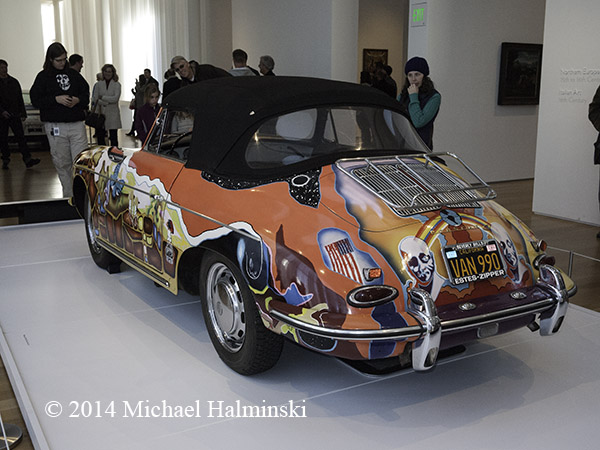 Janis Joplin’s 1965 Porsche 356 C Cabriolet was getting a lot of attention.
Janis Joplin’s 1965 Porsche 356 C Cabriolet was getting a lot of attention.

It brought back memories of driving my very own 356 A, a 1959 Convertible D. As the successor to the Speedster, only 1332 of them were built at Porsche’s Drauz plant.
Years ago I was a motor-head. In high school I loved fast cars, and drag racing.
My dad bought 2 used 1958 Volkswagen beetles and I rebuilt a 1600 Porsche engine for one and had some fun. In those days, it was called a Poor Man’s Porsche. Dad was mechanically inclined and it rubbed off on me. It was the best of times. We tore them down and rebuilt them at home in the laundry room.
Right after high school I found an old Porsche, abandoned in a parking lot. The motor had been stolen and the owner was going to junk it. I bought it for $50 and in the course of a few years began restoring it.
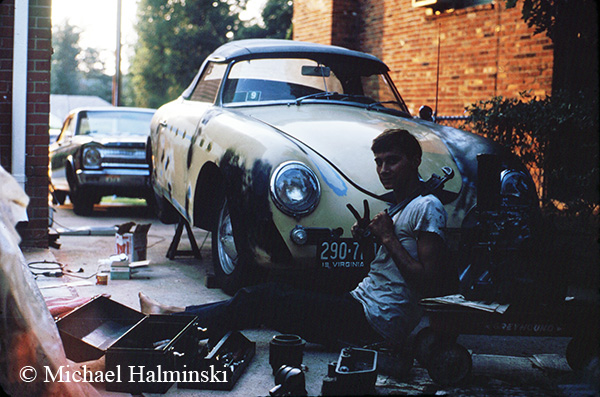 In 1968 when I was 19 years old, I was right in the middle of fixing up the Convertible D. Here I was rebuilding a 1600 N engine that I’d bought in pieces.
In 1968 when I was 19 years old, I was right in the middle of fixing up the Convertible D. Here I was rebuilding a 1600 N engine that I’d bought in pieces.
As a day student at George Mason, it became my mode of transportation to class everyday. During a period when I was doing body work, it was a sight to see, speckled with gray and black primer. That same time, I was employed at a Mercedes Benz dealership, and got some expert advice from knowledgable German mechanics.
I loved the deep sound of the air-cooled engine resonating as I drove into tunnels and underpasses around DC and Virginia. Drifting through the s-curves on Carlyn Springs Road was another joy. All the Porsche owners flashed their headlights at one another. For a while I was one of them.
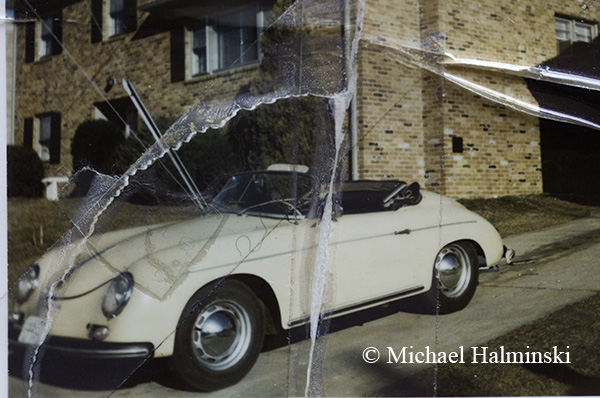 All I have left are the memories and a few old Polaroids.
All I have left are the memories and a few old Polaroids.
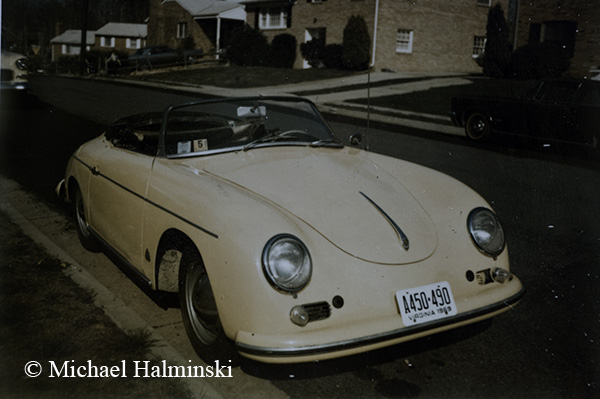 As time passed, I became more interested in hanging out at the beach and surfing. The Porsche was involved in a bad traffic accident and we sold it in parts.
As time passed, I became more interested in hanging out at the beach and surfing. The Porsche was involved in a bad traffic accident and we sold it in parts.
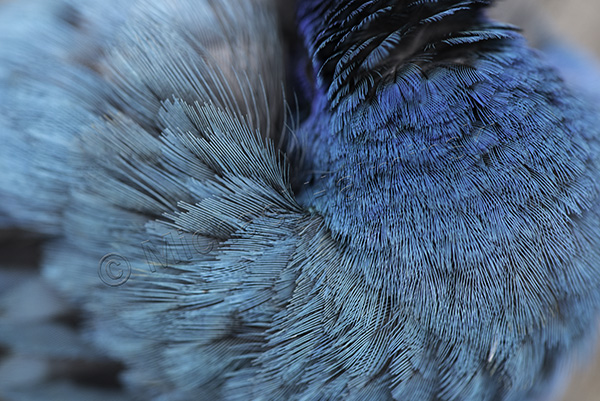 The bunting was dazed and I set up a 105 micro nikkor for a few close ups.
The bunting was dazed and I set up a 105 micro nikkor for a few close ups.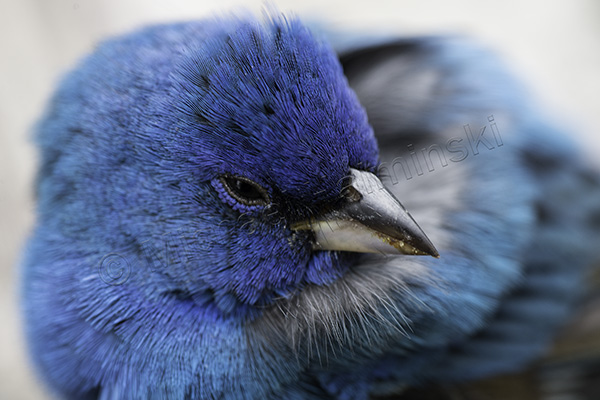 Interestingly, I’ve read their plumage is really black, but because of the way the feathers are structured, they reflect as a brilliant blue in sunlight.
Interestingly, I’ve read their plumage is really black, but because of the way the feathers are structured, they reflect as a brilliant blue in sunlight.